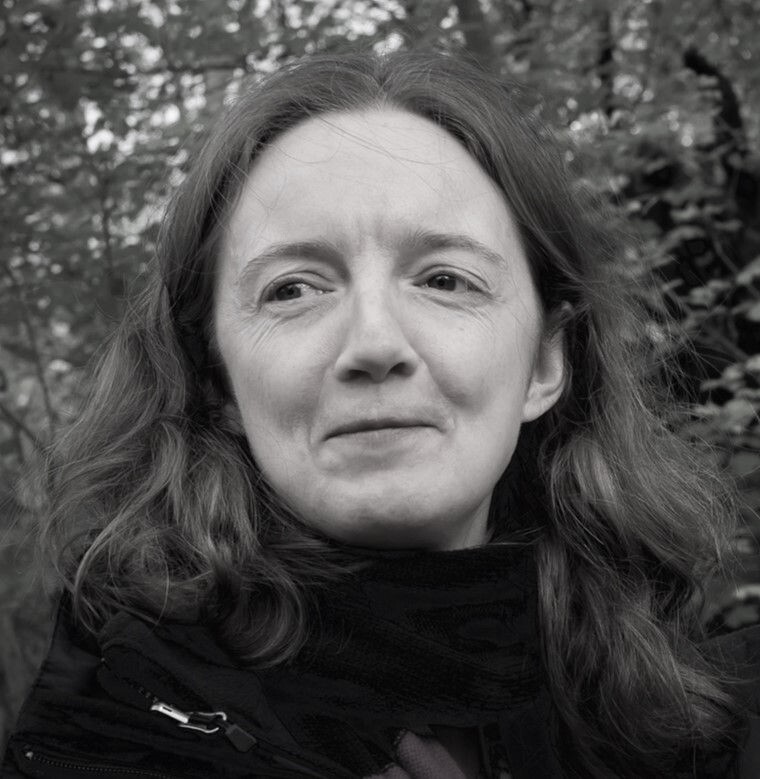Our colleague from the Developing Evidence Enriched Practice (DEEP) programme, Gill Toms, reflects on a recent event about using these dialogue-based evaluation methods in social care.
At the end of September, DEEP hosted an event with the North Wales Regional Innovation Coordination (RIC) Hub on Most Significant Change (MSC) and Ripple Effect Mapping (REM).
The event brought professionals from across social care and related sectors together - including colleagues from local authorities, the third sector, the NHS and Welsh Government.
Why did we choose to explore MSC and REM?
Both MSC and REM are participatory approaches that centre on dialogue, storytelling, and reflection. They help us understand not just what has changed, but how and why those changes matter, which is especially important in complex settings like social care.
Examples of how MSC is being used
During the morning, we enjoyed a series of presentations that showed how MSC has been used in different contexts:
- Jessie Buchanan shared how MSC has been used in community-led development
- Diane Seddon talked about using MSC to evaluate short break outcomes for unpaid carers
- Mike Corcoran discussed the benefits of using MSC in co-production
- Kat Applewhite and Gemma Struthers explained how the Fostering Network has used MSC to capture meaningful change
- Michael Gray shared his research findings on MSC use in Wales to date.
Examples of how REM is being used
In the afternoon, Natalie Pryor and Chloe Mangnall shared how they’ve supported teams to use REM in practice development work. Hayley Trowbridge then led a workshop so people could get a taster of how REM works.

Key similarities between MSC and REM
A question that came up several times during the day was: ‘Can MSC and REM be used together?’
REM, like MSC, is a structured approach to evaluation and practice development. It can be adapted to fit different needs but typically includes:
- a participatory approach, involving stakeholders throughout
- an appreciative element to learn about what has gone well (challenges, while not ignored, aren’t the starting point for learning)
- the opportunity for dialogue and group reflection
- mapping the impact of the work.
All these elements are seen in MSC. Another similarity is that both methods can be used as part of a cycle, where impacts are revisited at regular intervals and a learning community is created.
In both MSC and REM, learning is a group activity. You bring a range of stakeholders together to discuss either the stories (MSC) or the impacts (REM).
Key differences between MSC and REM
In MSC the core focus is on sharing and learning from people’s individual stories of change. In REM the story is a collective one as activities and impacts are mapped. I think this difference is key.
MSC focuses more on people’s individual experiences of change. REM focuses more on the community changes that have been observed.
A second difference in REM is the visual mapping. This visually links the work done with the observed impacts. This means the output from REM is more visual and this can help share and celebrate the work with others.
You can see an example of this visual mapping in this video produced by the National Institute for Health and Care Research Applied Research Collaboration (ARC) West.
REM is perhaps a more flexible method than MSC and can be used at different stages of a project:
- at the start: to define success, shape evaluation and write the story of change for the work
- during: where regular workshops can create a learning community that tracks progress
- after: a workshop can be held to capture impact.
MSC on the other hand is a retrospective form of evaluation: it looks back at what changes have been experienced.
Can MSC and REM be used together?
We think there are synergies between MSC and REM. REM was never intended to be a stand-alone evaluation method. It would be interesting to experiment combining the strengths of both methods. Maybe REM could be used to inform what ‘change’ themes to explore in MSC stories. Maybe MSC stories could be used as the starting ‘data’ for a REM map, that stakeholders then elaborate through discussion.
We’ll give the last word to our co-organiser Sarah Bartlett from the North Wales RIC Hub:

“It can be difficult to measure whether what we’re doing is helping particularly when we’re working in complex situations. My takeaway from the day was about the importance of small interventions at a human-level, like taking time to be there for someone or being flexible in your approach. Evaluation methods like MSC and REM can help us understand the little things that really matter to people.”


